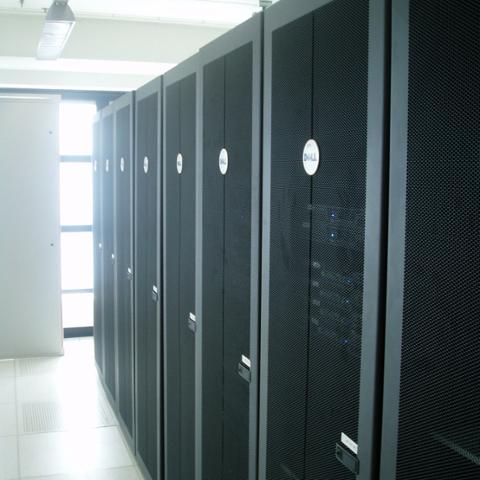Sysadmins, Check Out Google's Data Center Papers
If you’re an enterprise architect or systems administrator, you know how a data center works—and if your career spans several years, chances are good that you’ve dealt with some pretty massive systems. But it’s hard to think of infrastructure more massive than what Google just revealed. “From relatively humble beginnings, and after a misstep or two, we’ve built and deployed five generations of datacenter network infrastructure,” Amin Vahdat, a Google Fellow, wrote in an Aug. 18 posting on the Google Research Blog. “Our latest-generation Jupiter network has improved capacity by more than 100x relative to our first generation network, delivering more than 1 petabit/sec of total bisection bandwidth.” That means 100,000 servers communicating “with one another in an arbitrary pattern at 10Gb/s.” Google built the system out of necessity; traditional networking hardware simply couldn’t scale to meet its enormous needs. The company has released four papers on how it managed to customize bandwidth to serve thousands of applications, design data center network topologies, deal with epic congestion and latency, and build a muscular cluster manager. For any tech pro interested in data centers, they’re well worth reading for an idea of how far networking and server technology has progressed—even if you have no intention of working with a system as large as Google’s.

